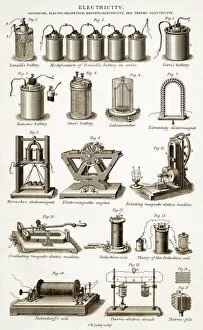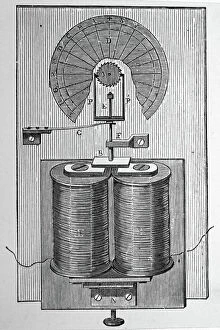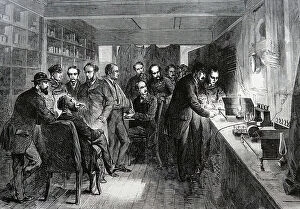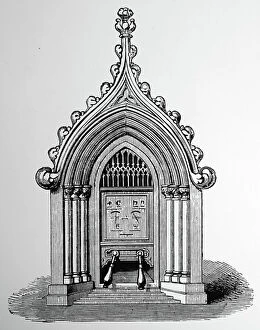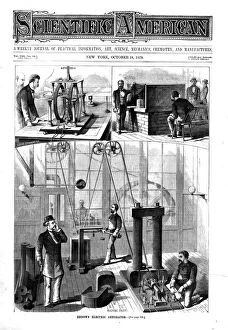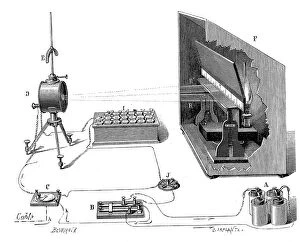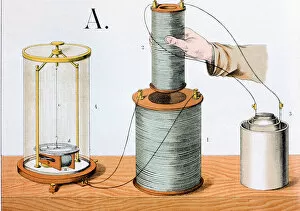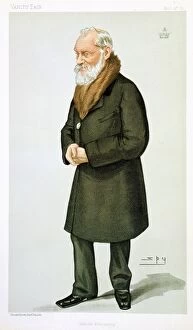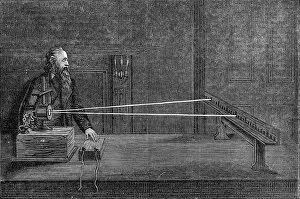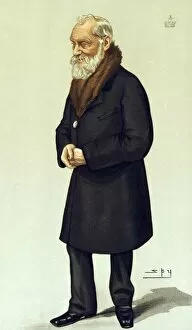Galvanometer Collection
In the 19th century, amidst the rapid advancements in electrical equipment, one invention stood out - the galvanometer
All Professionally Made to Order for Quick Shipping
In the 19th century, amidst the rapid advancements in electrical equipment, one invention stood out - the galvanometer. This remarkable device played a crucial role in various fields, including torpedo and mining operations by the British Mediterranean Fleet at Corfu. Lord Kelvin, an esteemed electrical genius captured in a black and white photo, was instrumental in its development. The galvanometer served as a type of ammeter, enabling precise measurements of electricity around c1891. The significance of this instrument is evident when we consider Thomas Edison's generator for electric light at his home in Menlo Park, New Jersey. It was through the use of galvanometers that Edison could accurately monitor and control his groundbreaking invention. One notable version was Lord Kelvin's mirror galvanometer from 1876. Its innovative design allowed for even more accurate readings and became widely adopted across scientific experiments during that era. Another milestone came with Lord Kelvin's transatlantic telegraph project in 1877. Artist John Wright Oakes beautifully depicted this monumental achievement where the galvanometer played a vital role in transmitting messages across vast distances. The importance of electromagnetic induction experimentation conducted by Faraday himself cannot be overlooked either. His work paved the way for further advancements utilizing galvanometers to harness electricity's potential. Beyond scientific applications, these instruments found practical use guiding ships through foggy waters using wireless beacons. These navigational aids relied on precise measurements provided by galvanometers to ensure safe passage for seafarers. Even Jimmy the Bulldog made an appearance at the Royal Society alongside these remarkable devices. Such was their impact on society that they became subjects of caricatures like Lord Kelvin portrayed humorously as C015 / 6712. Throughout history, few inventions have had such far-reaching implications as the galvanometer. From revolutionizing industries like mining and telegraphy to illuminating homes with electric light or aiding navigation through treacherous waters, this measuring instrument truly shaped the world we live in today.

